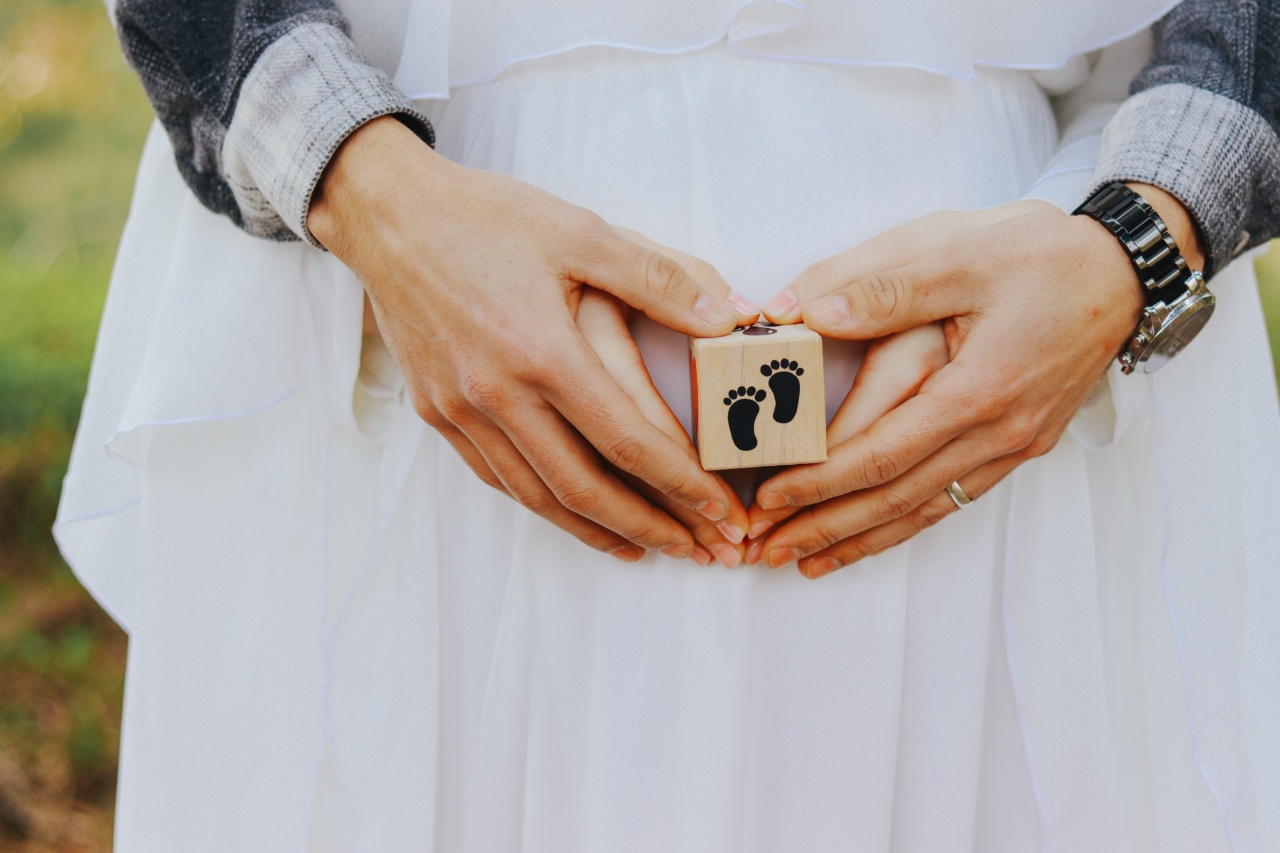Twin pregnancy is a unique experience for parents. It brings double the joy and love, but it also increases the chance of complications during pregnancy and delivery. There are several factors that can increase the likelihood of having twin babies.
In this article, we discuss ten factors that influence twin pregnancy.
1. Age
As women age, their ovaries release more than one egg per cycle. This increases the chance of having twins. Women who are over the age of 30 have a higher chance of having twins than women who are younger.
2. Family history
If the mother or father has a family history of twins, it increases the chance of having twin babies. This is because having twins is often a genetic trait.
3. Fertility treatments
Fertility treatments, such as in vitro fertilization (IVF), increase the likelihood of having twin babies. This is because multiple embryos are often transferred to the uterus during IVF treatment.
4. Ethnicity
Studies have shown that certain ethnic groups, such as African Americans, have a higher incidence of twin pregnancy compared to other ethnic groups.
5. Body mass index (BMI)
Women with a higher BMI have a higher chance of having twin babies. This is because they have higher levels of insulin-like growth factor (IGF), which can stimulate the ovaries to release more than one egg per cycle.
6. Previous pregnancies
Women who have had multiple pregnancies in the past are more likely to have twin babies in future pregnancies. This is because multiple pregnancies can increase the likelihood of releasing more than one egg per cycle.
7. Maternal height
Studies have suggested that taller women have a higher chance of having twin babies. This may be due to the fact that taller women have larger ovaries, which can release more than one egg per cycle.
8. Smoking
Smoking has been shown to increase the chance of having twin babies. However, it also increases the risk of complications during pregnancy and delivery.
9. Contraceptive use
Women who stop using hormonal contraceptives, such as birth control pills, have a higher chance of having twin babies in the first few cycles after stopping the use of these contraceptives.
10. Breastfeeding
Studies have shown that women who breastfeed while still ovulating have a higher chance of having twin babies. This may be due to the increased levels of prolactin, a hormone that can stimulate the ovaries to release more than one egg per cycle.





























